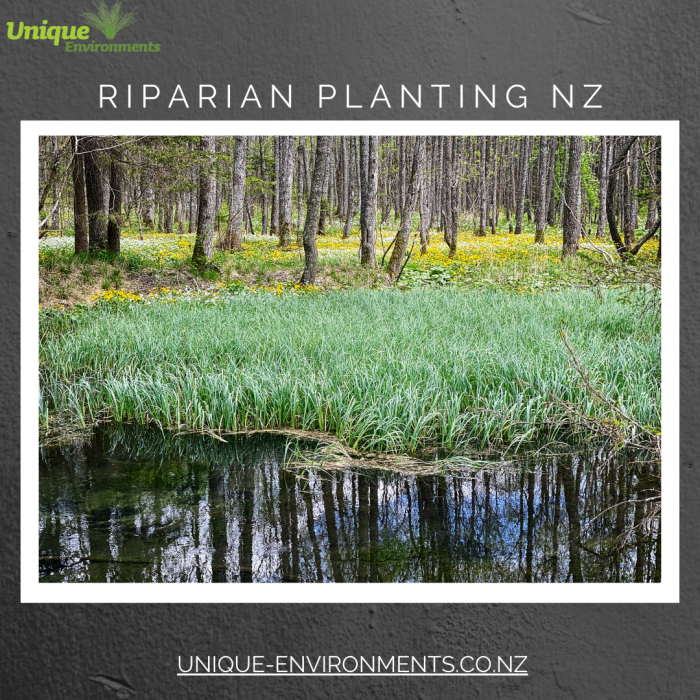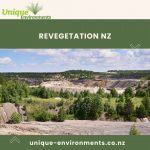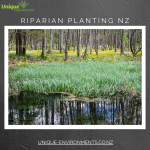A Healthy Riverine Habitat: Planting Riparian Areas to Protect Wildlife
Welcome to the article on this site that will introduce you to the thriving world of riparian ecosystems! This is the ideal book to read if you’re an eco-aware enthusiast hoping to have a beneficial impact on the environment. We’ll delve into the intriguing world of riparian planting in New Zealand and its evident advantages for protecting species. So grab your gardening tools and get ready to learn how to turn our waterways into an ecological refuge. Let’s begin straight away!
How to develop a riparian area
It takes careful planning and execution to create a riparian habitat, but it is an exciting and rewarding endeavor. Choosing the best spot along a river or stream where you can have the biggest influence is the first stage in this procedure. Try to find regions with lots of natural plant species, good water movement, and lots of sunlight.
Once you’ve chosen your location, it’s time to get the ground ready for planting. Start by getting rid of any invasive plants or weeds that might compete with the plants you want. Getting rid of clutter and making room will guarantee ideal circumstances for growth.
Next, pick native plants that thrive in riparian areas, such as grasses, shrubs, and trees. Native species are essential because they give local creatures food and shelter while also blending in with their surroundings.
planting of riparian areas to conserve wildlife
Creating thriving habitats for numerous species, revegetation in New Zealand, and wildlife conservation all depend on riparian planting. We can give varied plant and animal life a safe sanctuary by rehabilitating the riverine ecology. But what does riparian planting actually mean?
Basically, it entails selecting and planting precisely adapted trees, shrubs, and grasses alongside rivers or streams. These species have evolved to flourish in riparian areas and support soil stabilization while screening runoff contaminants.
The improvement in water quality brought about by riparian planting is one of the major advantages. The plants serve as organic filters, capturing excess nutrients and silt that would otherwise enter our waterways. By minimizing algal blooms, this not only increases water clarity but also improves aquatic habitats.
Furthermore, riparian vegetation provides wildlife with essential cover. In the branches, birds build their nests, while small mammals hide out in the thick underbrush. These planted regions also act as passageways between various ecosystems, enabling animals to freely travel between habitats.
Riparian planting is essential to the conservation efforts in New Zealand, where many native bird species are threatened or endangered as a result of habitat loss and predation by imported pests like rats and stoats.
For More Info:-https://unique-environments.co.nz/our-services/planting/
























































